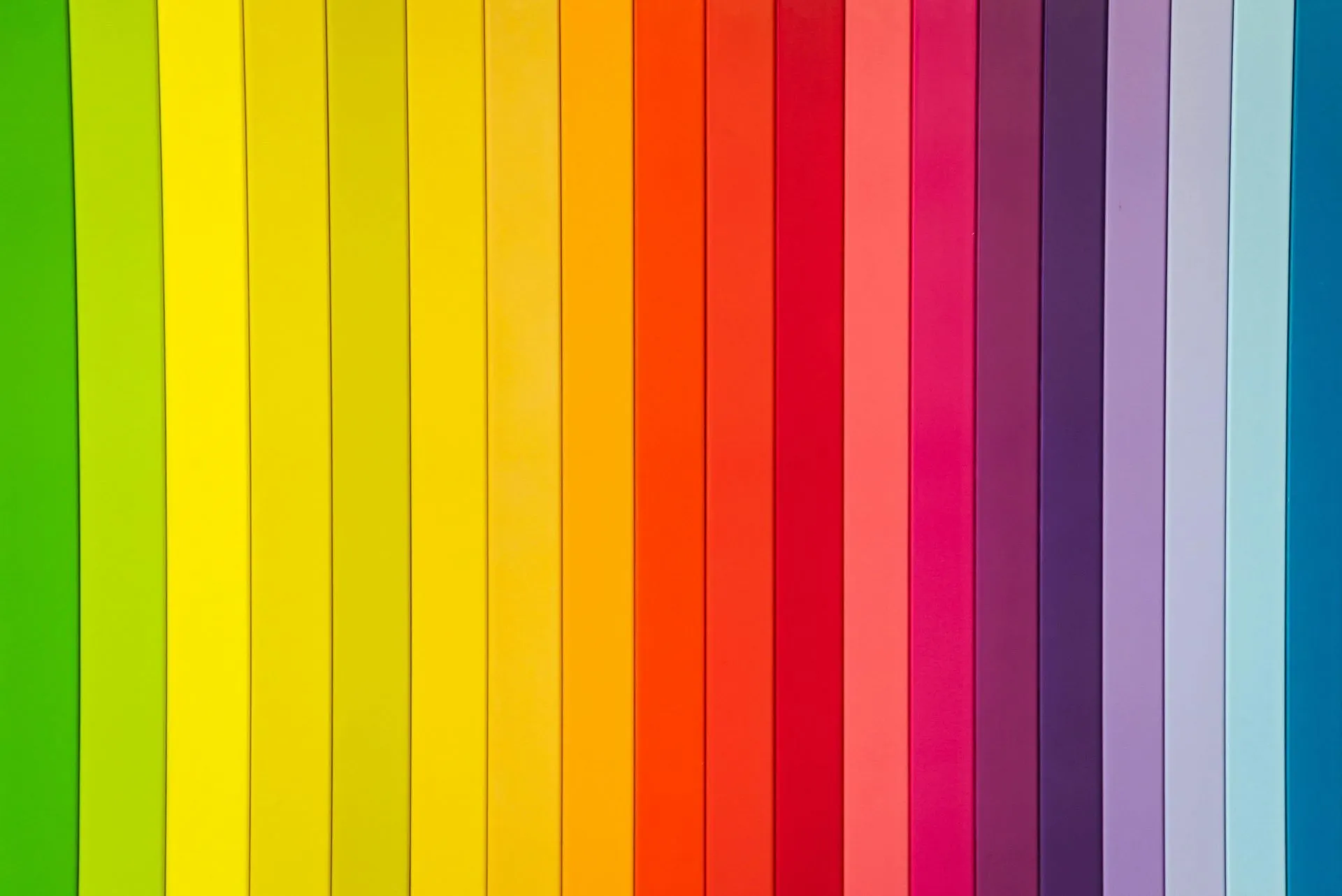
Understanding Color Models in Printing
March 15, 2024
Color models help people and technology identify and describe colors using a numeric system. There are multiple types of color models, each with its own mathematical approach to labeling colors. Some of the most common models include CMYK and RGB, which create colorful prints and digital displays. Here is more information about these systems and how they’re used in printing:
Types of Color Models in Printing
Bestype Printing specializes in premium quality printing, using an extensive range of colors to match your project’s needs. Most color models are based on several core colors that are combined to create a wide range of hues. The intensity of each core color is based on a numeric scale, resulting in a complex code that refers to a specific color blend. Color models used to create various projects within the print and design industry are CMYK, grayscale, and RGB.
CMYK
The CMYK acronym stands for cyan, magenta, yellow, and black. Each color has a value scale that ranges from 0 to 100. CMYK is a subtractive color model, meaning that colors are added together to create darker hues. A black hue is created when cyan, magenta, and yellow are combined at their highest values. In printers, a separate black ink is added to or used separately from the CMY mixture to create a deeper black color. This helps printers save on colored ink and create sharper black elements.
Many printers use the four-color printing method, making CMYK the most appropriate color model. Because CMYK is a subtractive color model, when colors are applied to the print surface, they remove the brightness of the original surface. If CMYK ink is added to a white paper, the brightness of the white will be reduced. This feature makes it difficult to print CMYK on darker-colored paper. CMYK inks are used in offset, inkjet, and laser printing to create vibrant, full-color images.
Grayscale
Grayscale is a color model that restricts the amount of color in printed materials. To create the black-and-white effect, grayscale uses an equal blend of additive red, green, and blue. Changes in grayscale intensity come from the amount of lightness in the hue. The lightness value is on a scale from 0 to 255, with the higher numbers creating a more saturated black-and-white image.
The grayscale model can be used in laser and inkjet printers that use CMYK ink. This is because the black value is a separate ink cartridge from the CMY values. This allows the printer to combine equal amounts of CMY with a different amount of black to create a range of gray hues. The lower the CMYK values are, the lighter the printed color will be because the lightness of the paper can show through the ink. Increasing the CMY and black ink values results in a richer black color.
RGB
The RGB model is a combination of the colors red, green, and blue. It is an additive color model, which means that when more colors are added to a mixture, the resulting hue will be lighter. RGB is used in digital designs that are created for on-screen displays. These displays include TVs, computer monitors, and cell phones. The colors of an RGB design can vary based on the quality of the screen on which the design appears.
To print a photograph or graphic that matches the on-screen RGB display, print technicians must adjust the design’s color settings to CMYK values. RGB is used in many design applications because of the wide range of colors it produces. Digital cameras and computer screens display photographs in RGB, so final printed photographs may appear slightly different.
Explore Bestype Printing Services
At Bestype Printing, we offer a range of print services to meet your creative and marketing needs. We complete digital, offset, and large-format printing projects on-site in our New York location. We also offer book and catalog printing options for individuals and businesses who need long and short product runs. Contact our team today to learn more about our services and request a quote for your project.